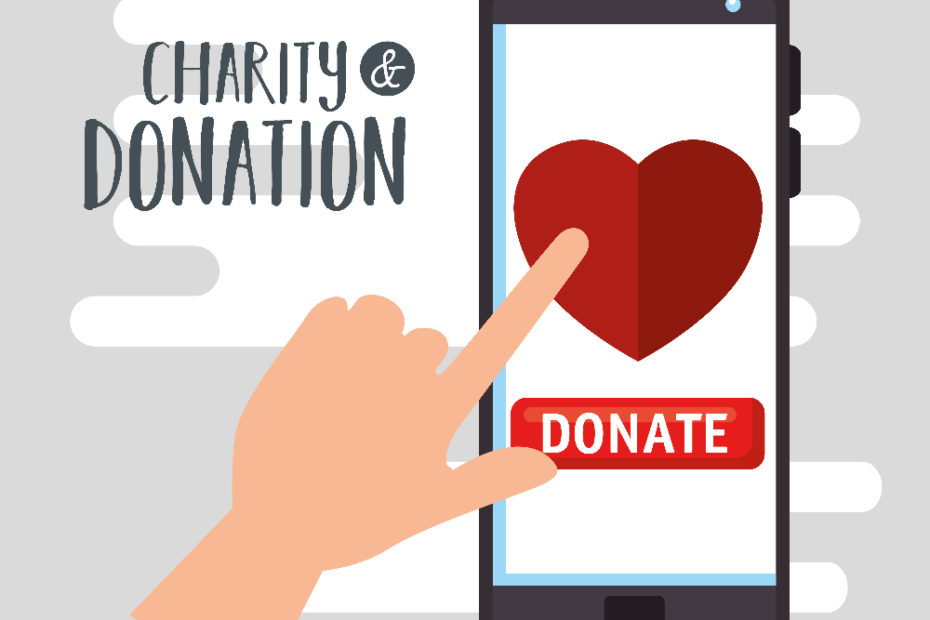📑 Table of Contents
In fundraising, storytelling is not just a tool; it’s an art. It transforms mere appeals into compelling narratives that inspire action. This blog post explores how to effectively use storytelling in messages to boost donations, ensuring your cause resonates deeply with your audience.
Tips to Increase Donations through Storytelling Text Messages
Connecting with donors and inspiring them to contribute requires more than a straightforward request. Crafting compelling storytelling text messages can be a powerful strategy to evoke emotion. It creates resonance and ultimately increases donations for your cause. In this guide, we’ll explore effective tips and techniques to harness the storytelling power of text messages, ultimately driving greater support and impact for your mission.
Keep It Personal and Direct: Start your message by addressing the recipient by name. A personal touch increases engagement and makes the message feel less like a broad appeal and more like a conversation. For example, “Hi Sarah, your support can make a real difference in the lives of children in need.”
Use Emotive Language: Choose words that evoke emotion. Words like “transform,” “empower,” and “hope” can inspire action. Let readers feel the urgency and importance of your cause. For instance, “Your generosity can empower a community to rebuild after a natural disaster.”
Share Success Stories: Include a brief story about someone your organization has helped. Highlighting positive outcomes shows potential donors the impact of their contribution. For example, “Meet Emily, a single mother who found hope through our shelter program.”
Create a Sense of Urgency: Use phrases like “act now,” “your help is needed today,” or “join us in making a difference this month.” A time-sensitive call to action encourages immediate responses.
Be Specific About the Impact: Tell donors exactly what their donation will achieve. For example, “Your $20 donation provides a week’s worth of meals for a needy family.” Clarity about the impact makes the decision to donate easier. For instance, “Help us reach our goal by donating before the end of the week.”
Offer Easy Donation Options: Make the donation process as simple as possible. Include a direct link to the donation page or instructions for a quick text-to-donate option. For example, “To donate, simply text ‘GIVE’ to 555-555-5555 or click the link below.”
Thank and Follow-Up: Always express gratitude for any engagement, even if it doesn’t immediately result in a donation. Follow up with updates on the campaign’s progress, reinforcing the value of their support and keeping the conversation going. For instance, “Thank you for your interest in supporting our cause! We’ll update you on how your support is making a difference.”
You can significantly increase donations by implementing these tips in your storytelling text messages. Each message becomes an opportunity to connect deeply with your audience, turning empathy into action and support into tangible results.
Crafting Compelling Stories
Crafting compelling stories is both an art and a science, wielding the power to captivate audiences, evoke emotions, and drive action. Whether you’re a marketer, a writer, or a storyteller, mastering the craft of storytelling is essential for effectively communicating ideas, building connections, and leaving a lasting impact.
Begin with a Hook: Capture attention from the first sentence. Use a powerful statistic, a poignant quote, or a provocative question to draw readers in.
Introduce Characters: People connect with people. Introduce real individuals affected by your cause. Share their challenges, hopes, and dreams to build an emotional connection.
Build a Narrative: Structure your message with a clear beginning, middle, and end. Show the journey of your cause and its impact. Highlight obstacles overcome and victories achieved.
Incorporate Visuals: Whenever possible, use photos or videos to complement your story. Visuals can convey emotion and context more powerfully than words alone.
Making the Ask
Making the ask in your storytelling messages for donations requires precision, clarity, and tact. After drawing in your audience with a compelling narrative, it’s crucial to transition smoothly into your request for support. Start by being direct about what you need. Specify whether you’re seeking monetary donations, volunteer hours, or other forms of assistance. Clarity here ensures your audience understands exactly how they can help.
Next, explain the significance of their contribution. Detail how each donation makes a difference. For instance, illustrate how $50 can feed a family for a week or how volunteering for an afternoon can change someone’s life. This step informs and connects your audience’s action to tangible outcomes, making giving more meaningful.
Incorporate a strong call-to-action (CTA) that guides your audience on how to proceed. Whether visiting a website, calling a number, or texting a code, make the action clear and straightforward. A well-crafted CTA removes ambiguity, making it easier for potential donors to take the next step.
Additionally, urgency can be a powerful motivator. If applicable, highlight why donations are needed now. Perhaps a deadline is approaching, or an immediate need has arisen. Urgency compels action but use it judiciously to maintain trust and authenticity.
Finally, express gratitude in advance. Thanking your audience for considering a donation acknowledges their potential contribution and reinforces the value of their support. It’s a gesture of respect that fosters a positive relationship, regardless of whether they choose to donate.

The Role of Authenticity
The role of authenticity in storytelling for donations cannot be overstated. Genuine stories build a bridge of trust between you and your audience. They ensure that your message is not just heard but felt. Authenticity means sharing the stories behind your cause, including the triumphs and the challenges. It involves presenting your mission and the people you help in an honest light, without embellishment.
Being transparent about where donations go is another crucial aspect of authenticity. People want to know how their contributions will be used. Detailing the direct impact of their donations fosters confidence. For instance, explaining that a certain amount covers a week’s worth of meals for a family or buys books for a school gives tangible evidence of their contribution’s value.
Moreover, authenticity extends to acknowledging the complexity of the issues you’re addressing. Rarely are problems solved overnight. By being honest about the journey—its ups and downs—you invite your audience to join you for the long haul, creating a community of support grounded in reality.
Feedback and updates play a significant role here, too. Keeping donors informed about the progress and setbacks maintains transparency and keeps them engaged. It shows that their contributions are part of an ongoing story they have a stake in.
Finally, authentic storytelling involves showing gratitude. A simple thank you goes a long way. Acknowledging the generosity of donors, no matter the size of their contribution reinforces a positive loop of mutual respect and appreciation.
Conclusion
Storytelling in donation messages is a powerful strategy to engage and motivate your audience. You elevate your fundraising efforts beyond simple transactions by crafting narratives touching hearts and illuminating minds. Remember, each donation is a chapter in the larger story of your cause, driven by the belief that together, we can make a difference.
As you refine your storytelling techniques, continually seek feedback and adjust your approach. The landscape of giving is dynamic, and so should your stories. Stay true to your cause, keep your audience at the heart of every message, and watch as your storytelling turns empathy into action, one donation at a time.
